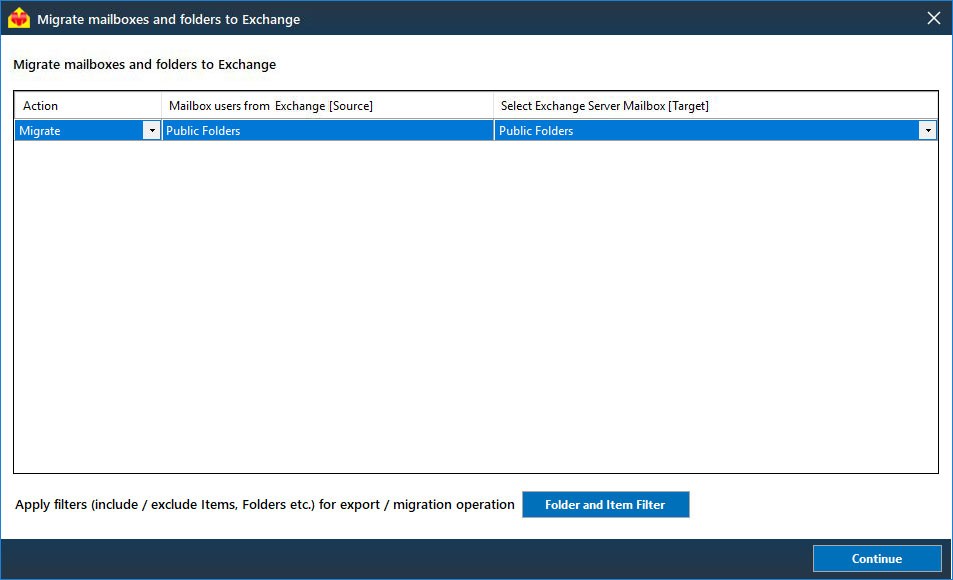

Creating the public folder mailboxes in Exchange 2013.

You can migrate up to 500,000 public folders to Exchange 2013 with this method. The current method for migrating public folders to Exchange 2013 is a batch migration. Serial migration of public folders to Exchange 2013 has since been deprecated and will not be supported by Microsoft.

Initially Microsoft provided a public folder migration method known as serial migration. However if that decision can’t be made, or they are still required for some reason, then a migration to Exchange 2013 can be performed. If they are no longer needed then removing them entirely from the Exchange organization would be simpler. This article is an excerpt from the Exchange Server 2010 to 2013 Migration Guide.Īfter moving all mailboxes from Exchange Server 2010 to 2013 we can turn our attention to the public folder migration.Īlthough Exchange Server 2013 provides support for public folders with the new modern public folders, you may wish to take this opportunity to review whether your organization needs to retain public folders at all.


 0 kommentar(er)
0 kommentar(er)
